While many horses stand without a problem for hoof care, others are anxious and can become a danger to themselves, the handler and the farrier.
“We want farriers to be in a safe situation so you can do the best work that you possibly can underneath the horse,” says Dr. Holly Helbig during the Zoetis Hoof-Care Product Knowledge Clinic presented at the 2024 International Hoof-Care Summit in Cincinnati, Ohio.
The best part about Dormosedan Gel sedation? No needles.
“There are a lot of different types of sedation that are out there and available at the moment that are injectables,” Helbig says. “However, Dormosedan Gel is the only FDA-approved prescription standing sedative oral gel for horses.”
Takeaways
- Dormosedan Gel is the only FDA-approved prescription standing sedative oral gel for horses.
- Dormosedan Gel must be placed underneath the tongue while administering the sedative to ensure it isn’t absorbed by the gastrointestinal tract.
- Horses should not be in a state of anxiety or excitement before sedation.
Dormosedan, commonly referred to as Dorm, is a unique oromucosal (absorbed through the gums) gel formulation of detomidine that has been approved for use in the United States since 1991.
“Farriers, horse owners, veterinarians — we have so many people out in the field that administer Dorm Gel,” she says.
Some of the common uses of Dorm Gel besides shoeing are sheath cleaning, mane pulling, body clipping, hair trimming, bandage changes or turnout for fractious horses.
“One of the key things about Dorm is it allows for minor, non-painful procedures to be done on an anxious horse,” Helbig explains. “However, one thing I want to note is that Dorm Gel does not help with pain.”
The injectable version of Dormosedan does have some analgesic effects, but the gel that’s being administered by horse owners should not be used for any painful procedures.
Proper Dosage & Administration
Similar to other tubed oral products, Dorm Gel has a plastic ring that will be unlocked once it’s turned. From there, you can move it up and down to adjust the dosing by weight, then lock it again before administering.
“Make sure the horse’s mouth contains no feed,” she says. “This is a no-brainer. However, if you’ve got a bunch of hay in there and you administer this even underneath the tongue, that horse potentially is going to swallow and it’s going to go through the GI track, which means it’s not going to be efficacious.”
To administer, insert the tube tip into the corner of the horse’s mouth, underneath the tongue. Alternatively, you can put gloves on and rub it on the gums, as well.
When somebody says, “This product doesn’t work on my horse,” usually they are administering it like a wormer in the back of the mouth, Helbig says.
“The horse is swallowing it and it’s being absorbed by the GI track, so it’s not going to work,” Helbig explains. “It’s important to come in along the bars of the mouth and administer it under the tongue.”
Yet, it’s recommended to put on gloves when using Dorm because it can cross over the submucosal barrier.
“If you make contact directly with Dorm Gel,” she cautions, “please make sure to wash it off immediately.”
Dorm Gel contains up to 3 ml per tube and horses are dosed by weight.
“If you did not reach the desired efficacy, check back in with the horse owner and prescribing veterinarian,” Helbig says. “In most cases, the product was swallowed and not allowed to cross the oral mucosal surface. Occasionally, a referring veterinarian may also increase the dose. An established client-patient relationship must exist with your veterinarian before administering it.”
When you are finished using the product, be sure to put the cap on again before throwing it away.
“We’ve had a few calls at Zoetis about dogs accidentally ingesting it,” she says. “They have gotten ahold of discarded Dorm Gel tubes and since there was a little bit left in there, they ate it. We certainly don’t want our other furry farm animals to accidentally digest the gel.”
Handling During Sedation
What should you expect when a horse is sedated using Dorm?
First, it’s important to be sure a horse is not already in a state of anxiety or excitement before giving any kind of sedative.
“Horses should be sedated in a stress-free environment,” Helbig says. “Over excitement and stress can cause a release of norepinephrine. Think of this like a parking garage – you’ve got a big open parking garage and your goal is to park cars in there. The Dormosedan is the cars in your garage. If the garage is already filled with norepinephrine minivans, the Dormosedan Gel cars can’t find a parking space.”
In addition, she also recommends placing the horse in a quiet stall with no feed or water after administering it.
After 40 minutes, although some horses can take up to 60 minutes, the horse will begin dropping its head. It will have a wide stance and many sweat a little bit behind the ears and over the eyes. Others will have sweat coming down their face. This is normal, she says.
Ataxia, which is when the horse is stable but swaying slightly, can also occur in horses given Dormosedan Gel. According to studies, mild ataxia was observed in 54% at 40 minutes post-treatment administration. Moderate ataxia was observed in 25% at 40 minutes post-treatment. Moderate to marked ataxia continued to 90 minutes for 5% and to 120 minutes for 4%.
The duration of sedative effects is about 40-90 minutes.
When scheduling an appointment for a difficult horse, it’s a good idea to have a conversation with the owner and have the horse owner administer it at the appropriate time before you arrive.
Safety First
Horses with certain pre-existing conditions, such as atrioventricular block, severe coronary insufficiencies, cerebrovascular disease, respiratory disease, chronic renal failure, or horses in conditions of shock shouldn’t be given Dorm.
“Because of these precautions, Dormosedan Gel is prescribed by a veterinarian directly to the horse owner,” she explains. “Unfortunately, we cannot sell it in bulk to farriers. In addition, some mild adjustments in dosing may be needed and this should be done at the discretion of the veterinarian.”
Be sure to read and have the horse owner read, through the full safety list on the label to be sure the horse you are considering giving it to does not have any of the listed conditions. When in doubt, always contact the prescribing veterinarian before dosing the horse.
“Horsemanship is key to farrier safety and sedation provides that reassurance,” Helbig says. “The more the horse owner can be prepared for you, the better the farrier work is going to be, the easier your job and the better of a situation you’ll have. Zoetis recognizes that farriers are one of the most essential members of every horse care team and we’re committed to standing by your side.”

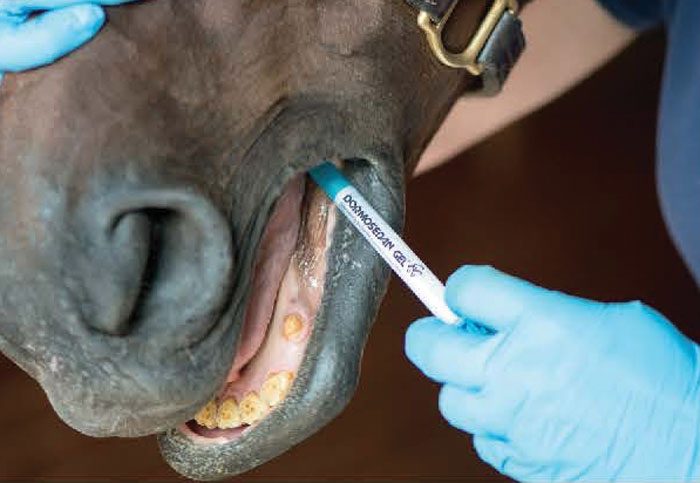
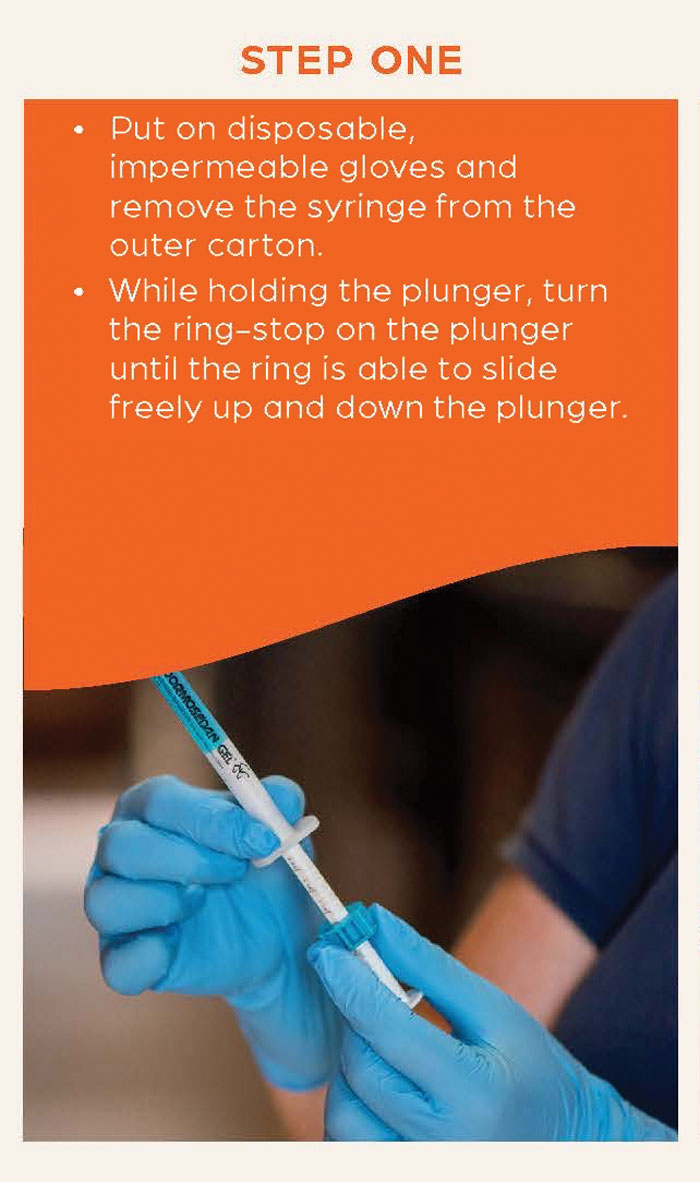
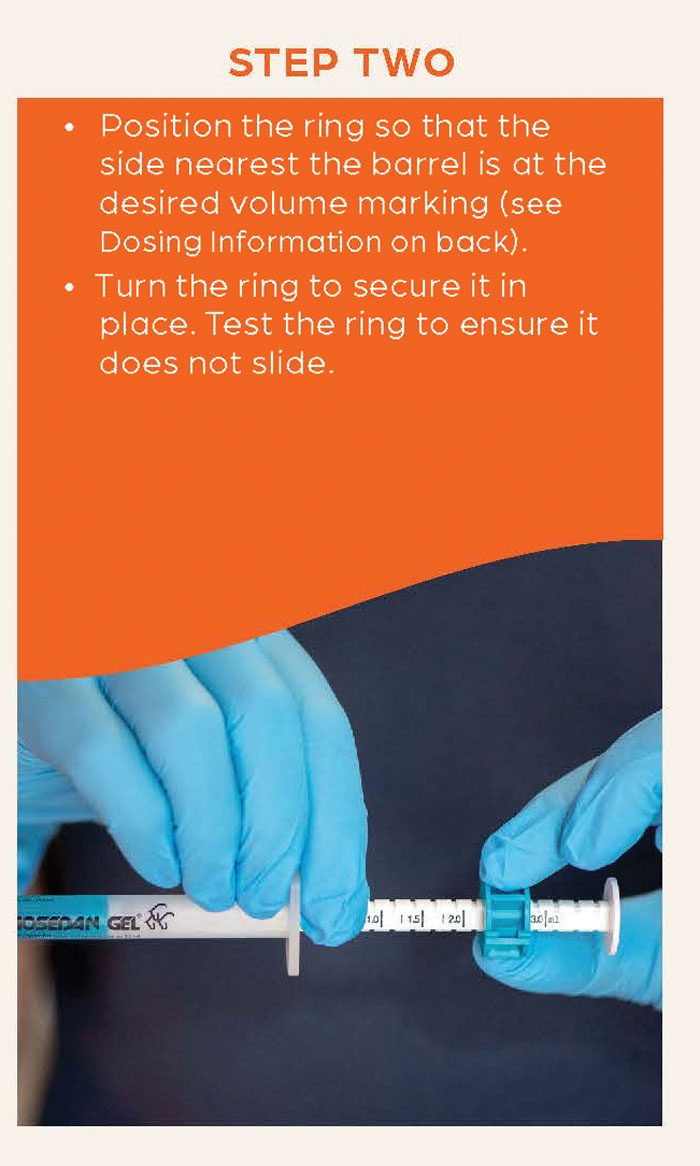
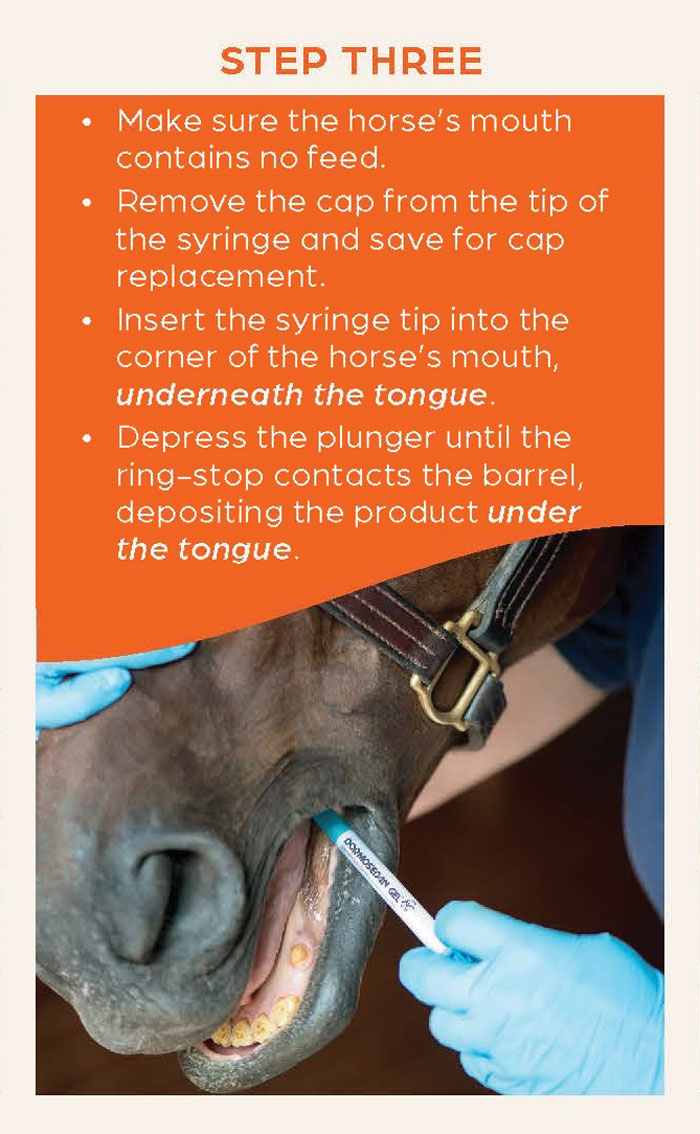
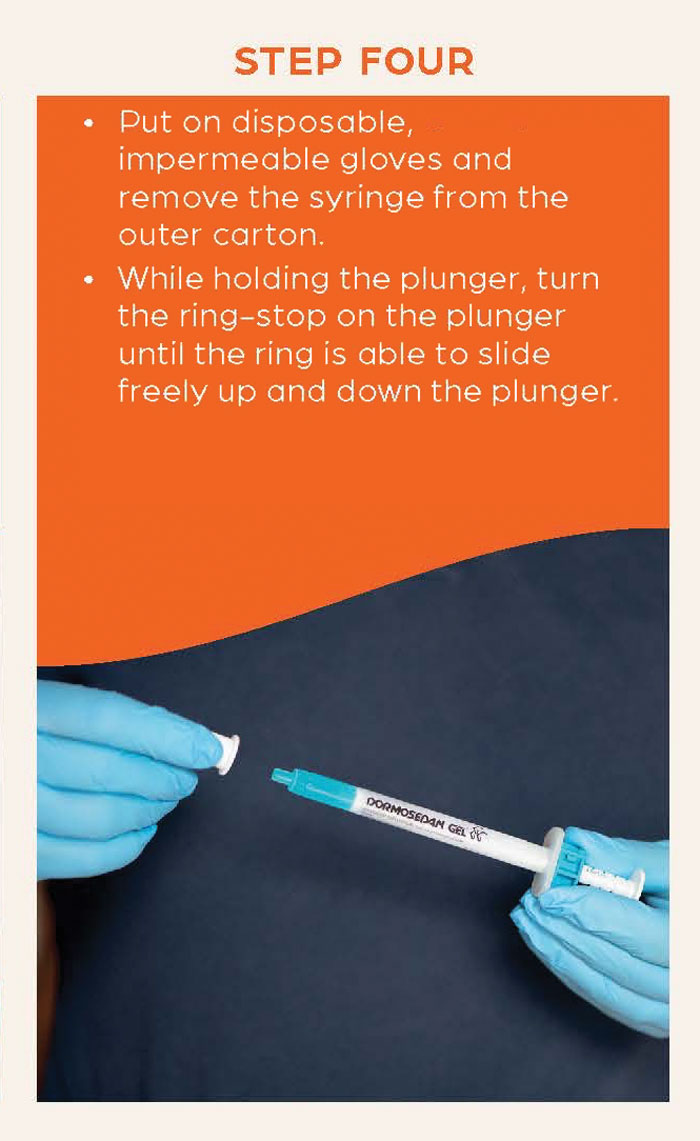







Post a comment
Report Abusive Comment